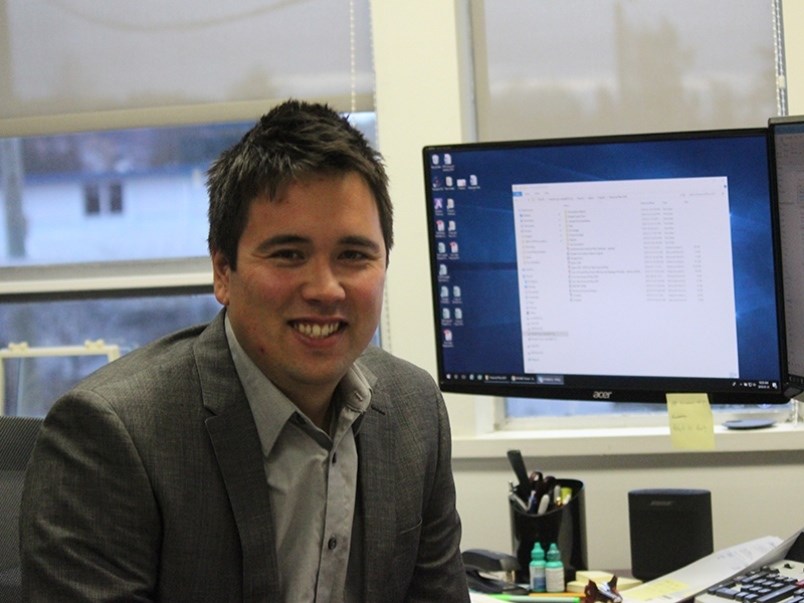When it comes to comparing municipal taxation to other cities, there is no simple formula, according to City of Powell River chief financial officer Adam Langenmaier.
Speaking at the finance committee meeting on Thursday, November 28, Langenmaier provided a report on comparable communities for financial planning.
Langenmaier said the question always comes from council: who are we comparable to? He said he decided to investigate that question.
Langenmaier said he wanted to give the finance committee and council some information that would be useful when they are questioned by taxpayers about comparisons between Powell River and taxation in other communities.
Langenmaier said the basic starting point was population. There are 162 municipalities in BC, according to Langenmaier. Powell River is ranked 46in BC with a population of 13,874.
Langenmaier also looked at average house value. He said the two closest communities in terms of average price value – Rossland and Lumby – are not like Powell River, yet their home prices are similar.
He said he dug a little deeper into house values, looking for comparable data in assessments and size in population. He said, for example, that for Campbell River, to which Powell River is often compared, there is a significant difference in average house value. Courtenay and Parksville are even higher. He said Fort St. John has similar prices but it is a very different market.
Port Alberni is a town of reasonable comparison to Powell River for size and average home value, but if the residential tax rate was to be examined, Langenmaier said they would be looking at Powell River and saying “why are Powell River residents paying a lower tax rate than residents in Port Alberni for similar services.”
The next comparison Langenmaier made was where the money comes from. He based his comparison on how much of the assessment is residential, major industry and commercial. Langenmaier said he was surprised at how few communities have major industry as a tax base. In terms of major industrial assessments, Powell River is in 23rd place in BC.
Langenmaier then compared the municipal property tax levy for an average house value. He said in Surrey, the average house value was more than $1.1 million and the taxpayer would pay $2,028 in city tax. Powell River’s average house value was listed at $344,487 and the municipal tax levy is $2,015.
Langenmaier said it is all well and good to have data and say we are high or low in certain categories.
“How do you take that and say this is what we compare to?” asked Langenmaier.
He said he was surprised about the difficulty to find comparisons and how many different ways the information could be interpreted.
Langenmaier put together a summary, comparing population, area, density and house value and Powell River came out in 65th place. He said Sechelt averaged out to 62nd place, so it could be a reasonable comparison.
Finance committee chair George Doubt said it was fascinating information. He said it was really difficult to take one category and say Powell River was average. He said it was important to look at the whole picture and see what the comparisons are.
Mayor Dave Formosa said it was an excellent exercise and really opened his eyes.
Councillor Rob Southcott said the report provides a tool for councillors to judge where the community is.
“It’s a fascinating study to see how we are similar and how we are different and see how that relates to decisions we make,” said Southcott.
In the conclusion of his report, Langenmaier said the age-old request from council when staff bring forth information and reports is: “what are other communities doing?” or “how do we compare to other communities?”
Langenmaier said each municipality is unique and no two are the same.
“The information that has been summarized shows how some communities might appear comparable in certain aspects, but very different in others,” stated Langenmaier. “It has become clear that there is no simple solution to the question: What is a comparable community when you look beyond population and physical location?”



